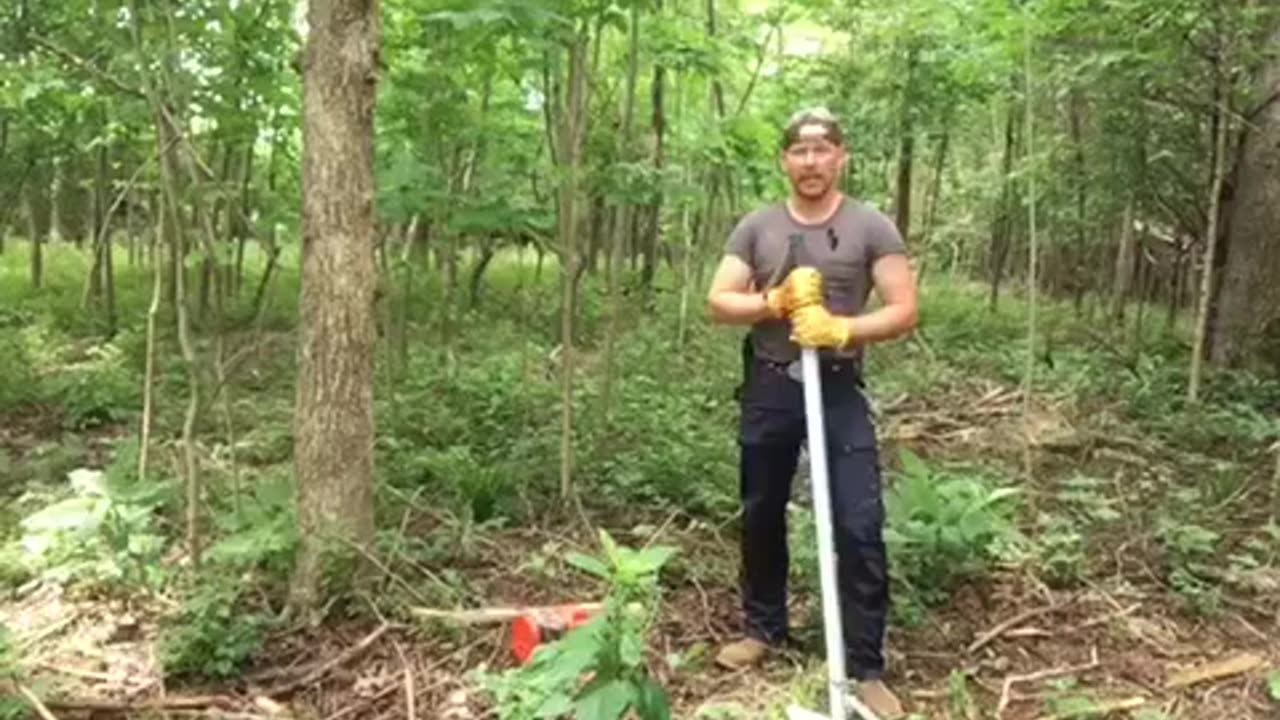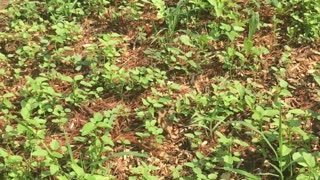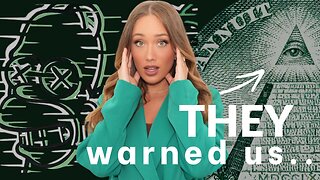Premium Only Content

Northern Kentucky Project: Bush Honeysuckle Removal - Mechanical Method
This video explains some of the basics for the mechanical removal of bush honeysuckle (Lonicera spp.) that I prefer, using the Pullerbear Pro XL.
Bush honeysuckle is an invasive species that was introduced later during the 19th century, and was even promoted by the US Department of Agriculture in the mid 1900's to help with soil erosion control. Once the invasiveness of the species was realized it was to late to stop the spread and it quickly began to overtake the understory of many US forests.
Most states now have programs through their USDA - Natural Resource Conservation Services (NRCS) county extensions to help private landowners cover some of the costs of removing this species from their property. For such programs you can look for your local NRCS County Extensions in the link in the references listed below in this discription.
My preferred method of control is not the most popular at this time, due to the time consuming process and initial labor cost of mechanical removal, but I try to look at the overall health of the ecosystem a worry that conventional methods will cause more harm then good... Some state and government departments are even experimenting with control methods using helicopters to spray glyphosate over the managed areas in the fall, while trees are dormant, as a way to cover more ground and fight this invasive species. As is the case with many good intentions, I worry that this band-aid will cause more long-term harm, and the distal costs of overall damage to the forest soils and our general health will more costly in the end. Therefore, I feel it is important to attempt to remove this species without using dangerous chemicals such as herbicides containing glyphosate whenever possible.
Roundup, which has been shown current research, to spread through the groundwater (contaminate drinking waters), damage soil microbiota (causing damage the local plant and animal community by extension), and impacts beneficial insects such as bees and other pollinators.
I hope that my videos help teach other forest managers and property owners the methods I use to remove this invasive species and help prevent damage to the forest ecosystem through the more conventional and currently prefered method.
References and Resources
NRCS Extension - Programs for Removal:
https://www.nrcs.usda.gov/contact/find-a-service-center
Bush Honeysuckle:
https://www.missouribotanicalgarden.org/gardens-gardening/gardening-in-st-louis/invasives/bush-honeysuckle#13577254-origin-history-and-invasion
https://mdc.mo.gov/trees-plants/invasive-plants/bush-honeysuckle-control
Tools:
https://www.pullerbear.com/index.html
https://rumble.com/user/Pullerbears
Glyphosate in the Enviroment:
https://www.ncbi.nlm.nih.gov/pmc/articles/PMC7602795/
-
 10:17
10:17
Moon-Struck Land Management
1 month ago5 Week Follow-up on AntlerBuilder Foodplots
32 -
 2:02:49
2:02:49
Inverted World Live
6 hours agoAnnunciation Catholic School Shooting and Spiritual Warfare w/ AK Kamara | Ep. 99
172K22 -
 10:10
10:10
Robbi On The Record
3 days agoHollywood’s Hidden Messages: Predictive Programming & What’s Next
21.6K26 -
 4:43:34
4:43:34
Drew Hernandez
11 hours agoLGBTQ TERRORIST EXECUTES CATHOLIC KIDS IN MINNEAPOLIS
16.2K18 -
 2:17:08
2:17:08
FreshandFit
7 hours ago10 Top Red Pills About American Women
51.2K18 -
 2:10:26
2:10:26
Badlands Media
12 hours agoDevolution Power Hour Ep. 384: Durham’s Blind Spots, Soros Panic, and Trump’s Economic Warfare
65.2K30 -
 3:17:28
3:17:28
TimcastIRL
6 hours agoTrans Shooter Targets Catholic Kids In Mass Shooting, Leftists Reject Prayers | Timcast IRL
228K64 -
 1:31:29
1:31:29
Brandon Gentile
1 day ago25 Year Wall Street INSIDER: $1M Bitcoin Soon Is Just The START
23.4K -
 6:59:13
6:59:13
SpartakusLIVE
8 hours ago#1 Birthday Boy Celebrates with MASSIVE and HUGE 4.8-Hour Stream
58.6K -
 55:54
55:54
Man in America
10 hours agoFrom Oil Barons to Pill Pushers: The Rockefeller War on Health w/ Jeff Adam
54.3K6